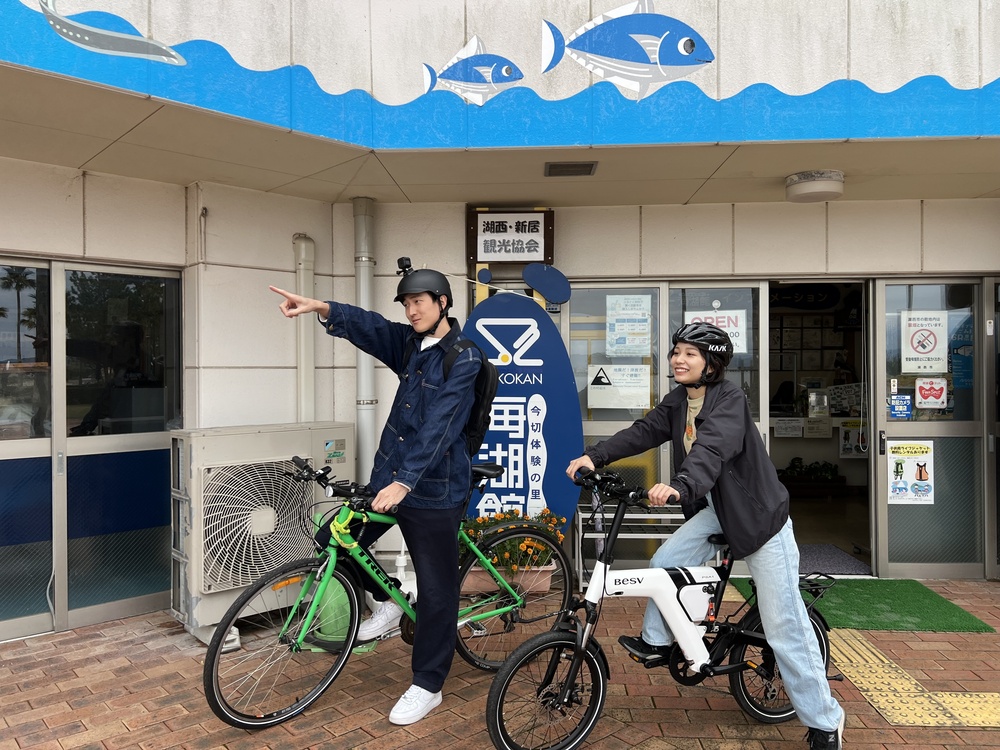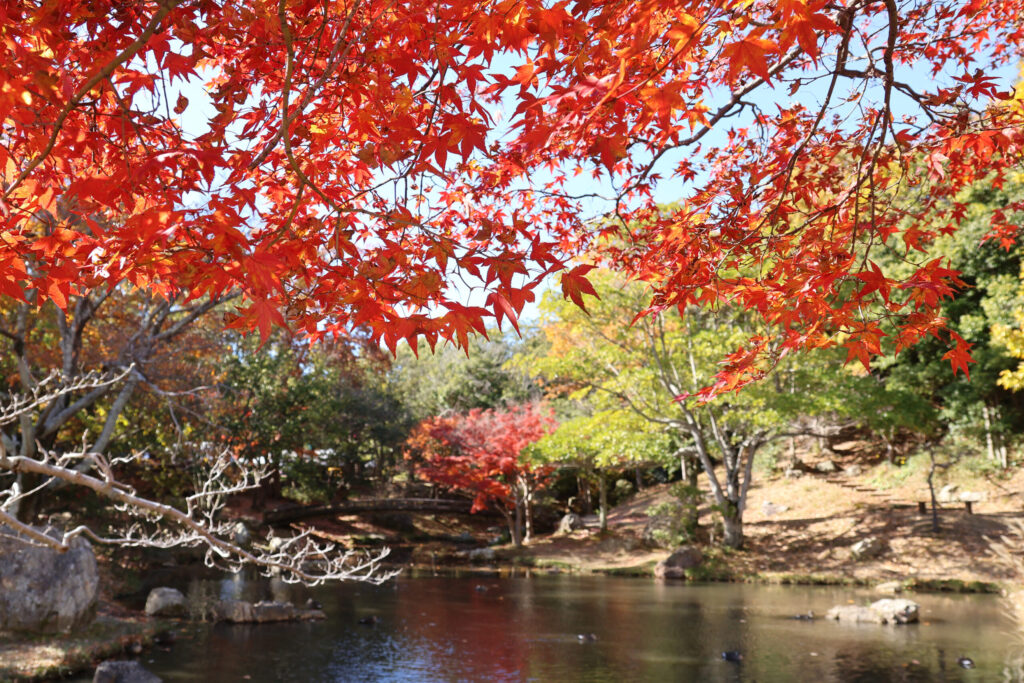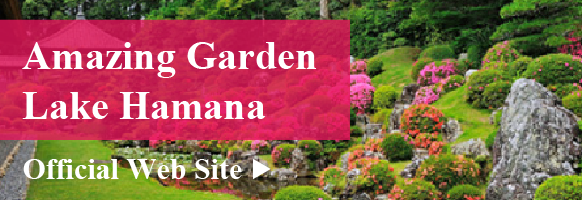Get to Know Hamamatsu
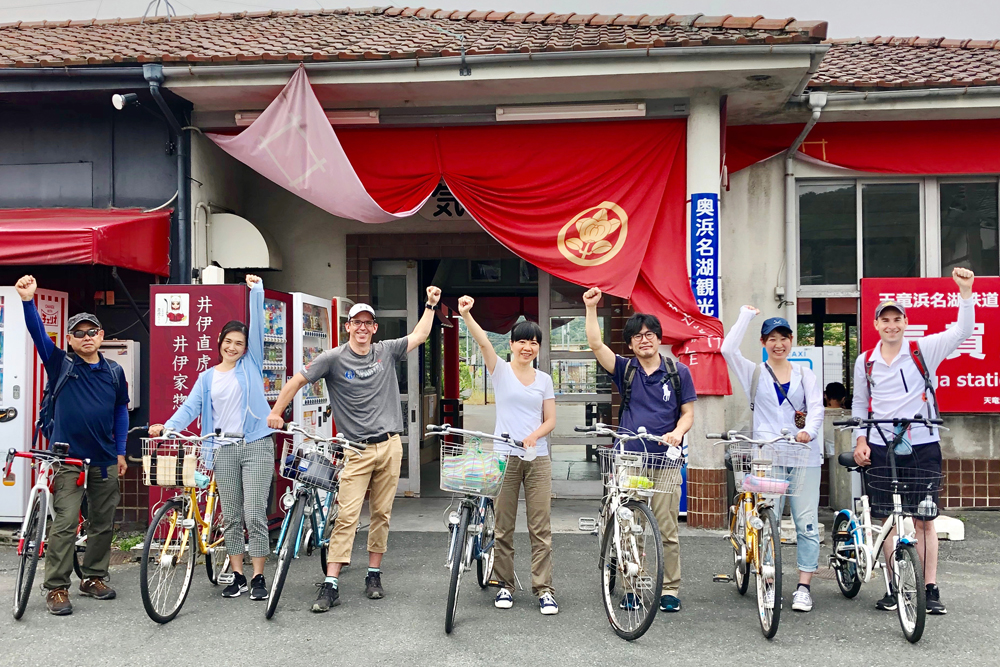
- Enjoy
Easygoing Cycling at Oku-Hamanako
Cycling around Oku-Hamanako is ideal for beginners or newcomers. The sweet calm and rich nature refresh your mind. Why not take a relaxing ride there?…
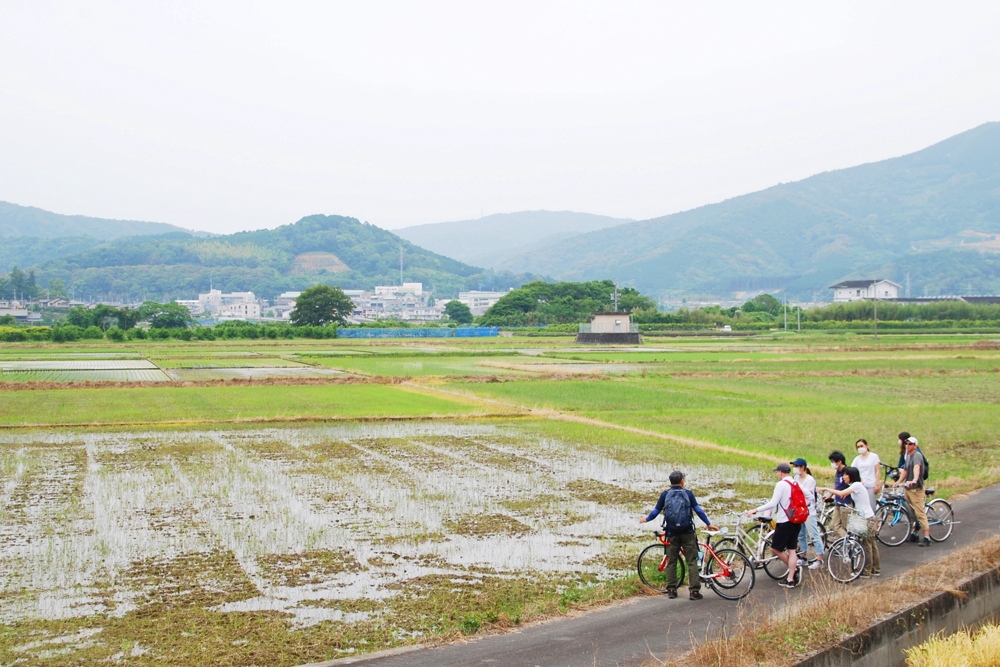
Lately, when I’m walking or driving on the road, I’ve begun to often see people cycling in the Hamanako area. He looks very cool wearing sportswear and riding a special bicycle.
I wanted to try it too, but I just couldn’t take the first step. This is because of the impression of cycling and the height of the hurdles.
What kind of image do you have when you hear the word “cycling”? Prepare a special bicycle, wear special clothing, and ride the bicycle vigorously. There are probably rules such as roads you can run on and roads you shouldn’t run on. However, as a beginner, these impressions made me feel that it would be a difficult hurdle to start cycling on my own, and I had a hard time mustering up the courage to do so. I got information that a cycling tour around Lake Hamana was being held in such a place, so I decided to participate in the cycling tour.
Cycling tour begins

On the morning of the day, I prepared the necessary water and towels and headed to Kiga Station, the meeting point, with a mixture of nervousness and excitement. We gathered at Kiga Station and rented a bicycle. You can rent bicycles at Kiga Station, so it’s easy to rent even if you come by public transportation such as Tenryu Hamanako Railway or Enshu Railway bus.
There were several bicycles lined up in colorful colors that looked like ordinary mama’s bikes. Employees at the Oku-Hamanako Tourism Center, which is attached to Kiga Station, will help you choose the size that suits your height, and make minor adjustments to the saddle position.
Although I chose a bicycle, I wondered if I would be able to cycle around Lake Oku-Hamana, even though I don’t do much exercise…I felt a little anxious and was looking forward to the kind of road I would be riding on.
Before we start cycling, we will listen to some guidance from our guide. The guide was very thorough and explained the route we would take, basic instructions on how to operate the bike, and the signs the guide would give when cycling in a group.
I rode a bicycle to school when I was in high school, so I thought I had some idea of how to ride it and the rules, but when I listened to it again, I was surprised at how many things I didn’t know. After listening carefully to the instructions, the cycling tour started right away.
This cycling tour is a cycling tour that visits confectionery shops unique to the Oku-Hamanako area. You can enjoy sweets that you’ve heard of, but don’t know where they are, or have never actually tried them, while cycling.
The first one is “Toyama Honten”. It is located a short bicycle ride northeast from Kiga Station. Here, I received a “princess stick”. Why “princess”? This question sparked a lively conversation between the participants and the store staff. There are rows of Japanese sweets lined up inside the store, and as you listen to the stories, you can feel that this is a store with a long history.
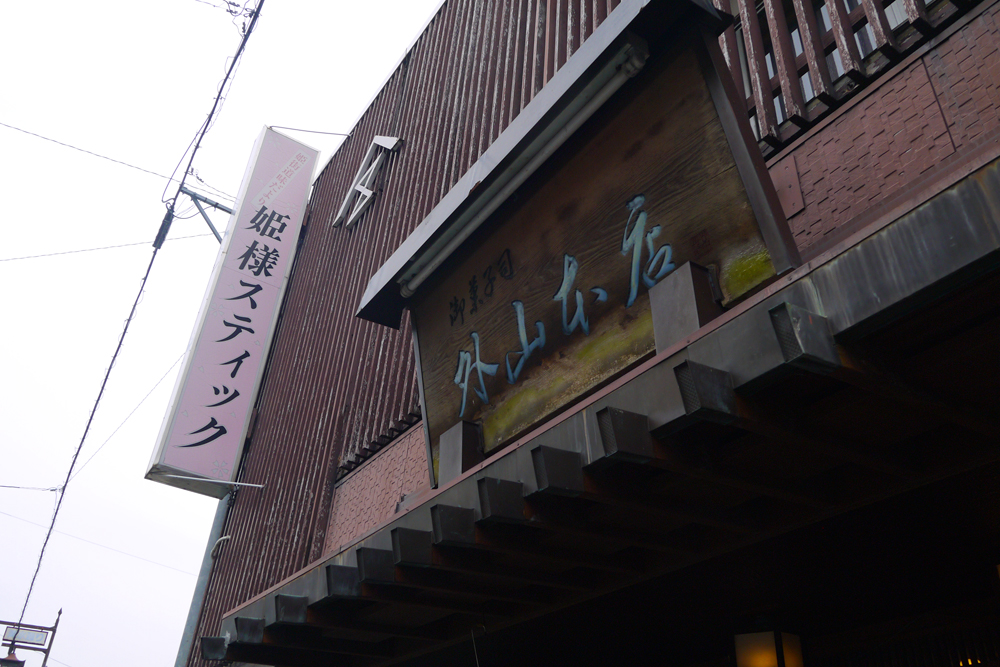
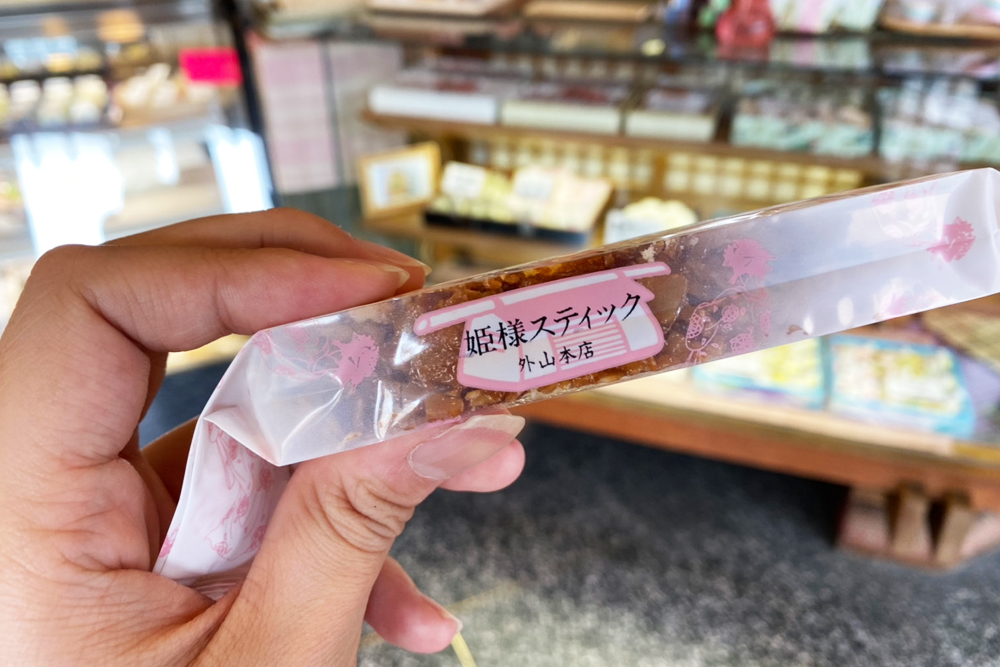
Once I leave the first house, I start pedaling again toward my next destination. I went up a slightly longer slope than before, passed Ryotanji Temple, and when I got near Iinoya Elementary School, I saw the second shop, Sugiya Seika, and the third shop, Uchiyama Seika. Ta.
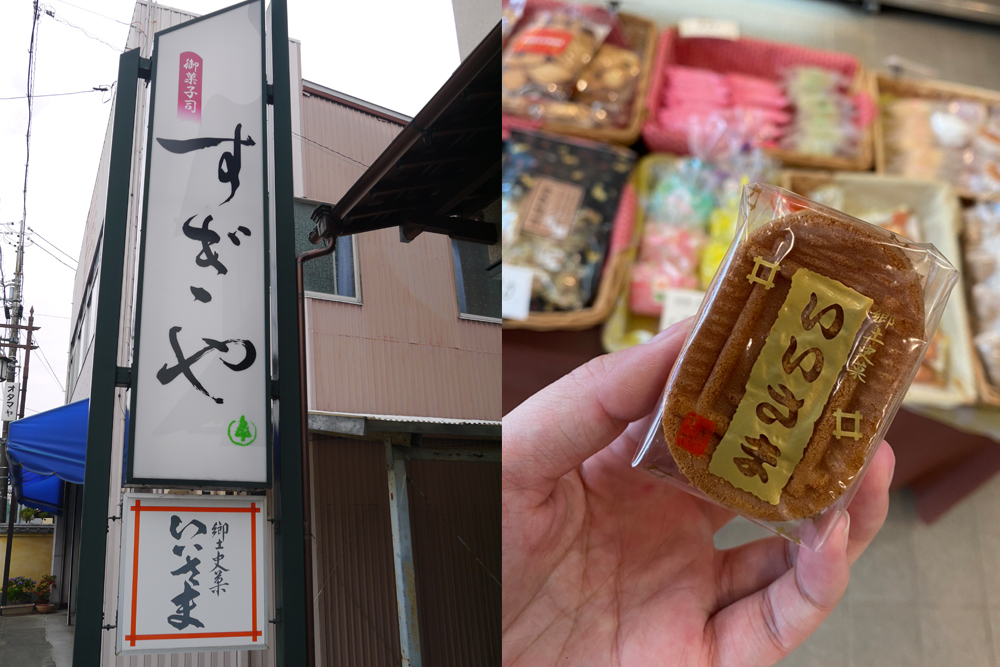
These two stores are close enough that you can see each other. However, the sweets displayed at the shop have completely different personalities and tastes. Sugiya Seika’s name is “Iisama,” and “Uchiyama Seika” is “Ii! Naodora.” From the first to the third store, the names of the sweets are quite interesting. Sugiya Seika’s “Iisama” is a Japanese sweet named after the Ii clan, which originated in Inasa-cho, and Uchiyama Seika’s “Ii! Naodora” is named after Ii Naotora, the female castle lord of the Ii family. It is grilled. All three of them are Japanese sweets with plenty of red bean paste, making them a great treat for cycling lovers who crave something sweet.
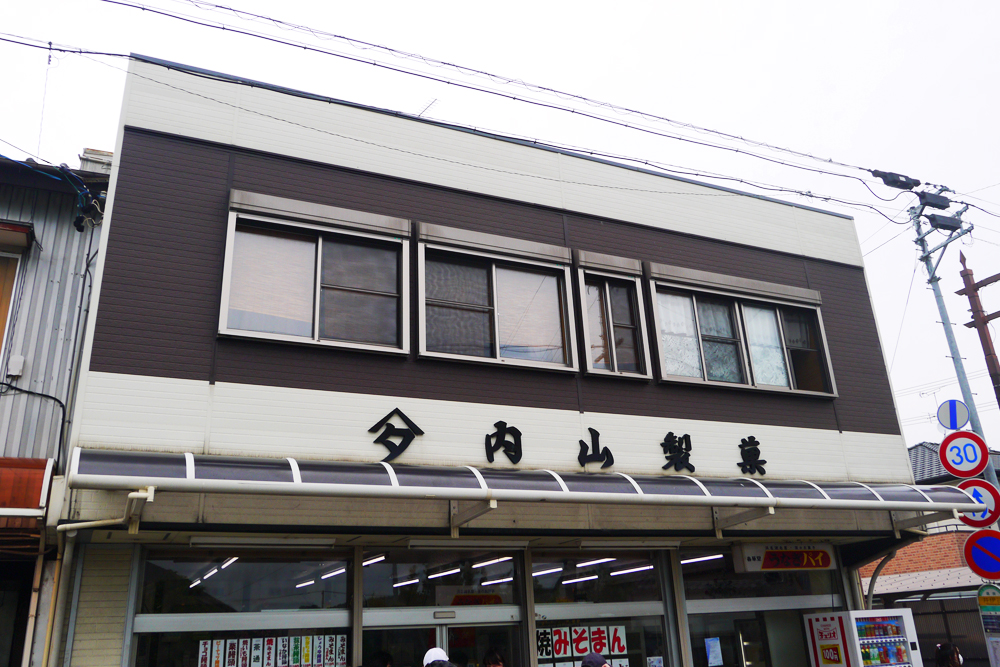
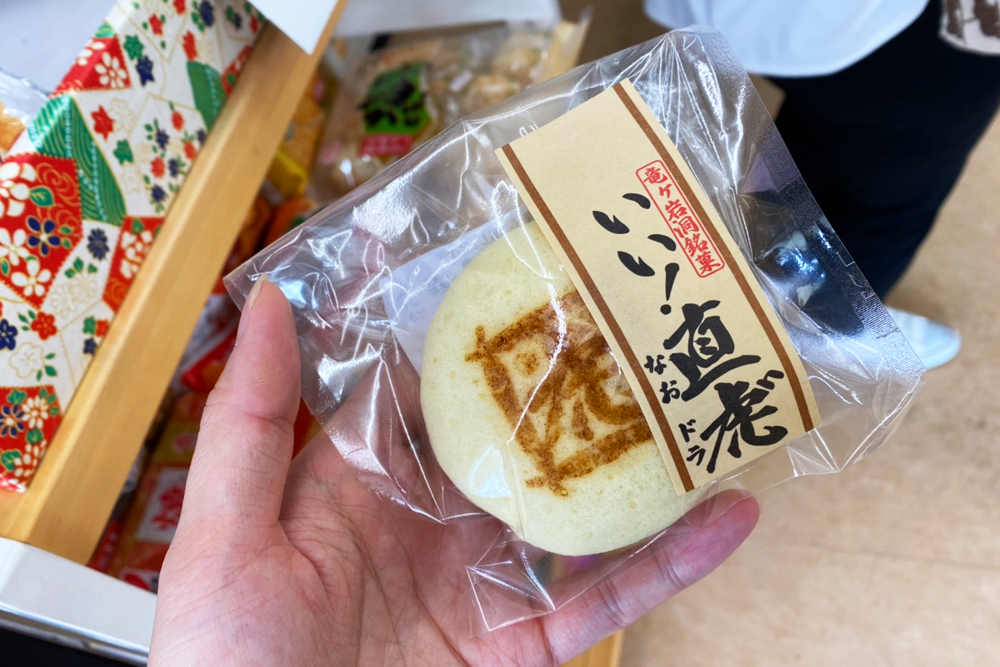
After enjoying the three Japanese sweets shops and feeling a little full, it was time for the second half of the cycling session.
In the second half of the race, the race returns from Uchiyama Seika to its starting point, Kiga Station, and heads towards Chorakuji Temple. Although you will be heading back in the direction, one of the great things about cycling is that you can take a different route than the one you came from.
On the way there, I had taken a path where I could see traditional shops, temples, and schools, but this time I took a path that was lined with rice fields and trees. I stopped here and there to take pictures of the scenery, looking at different scenery than before. In between, the guide will talk about the land called Oku-Hamanako and the fun things to do while cycling.
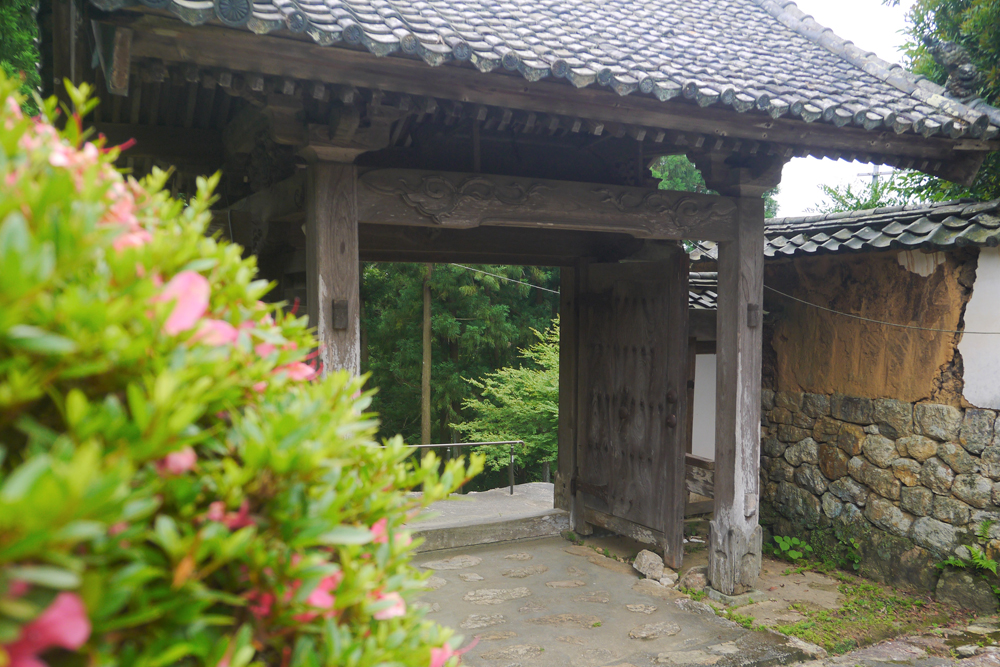
When I arrived at Chorakuji Temple, I was greeted by the temple’s chief priest. Once inside, they share the incense with everyone’s palms and teach them how to purify themselves. After taking a breather, he carefully explained the origins of Chorakuji Temple. Even though I was tired after walking up and down many uneven roads and slopes, I was able to listen to the chief priest’s story in a relaxed manner, and take a break while looking at the garden of full stars from inside the temple with a calm feeling.
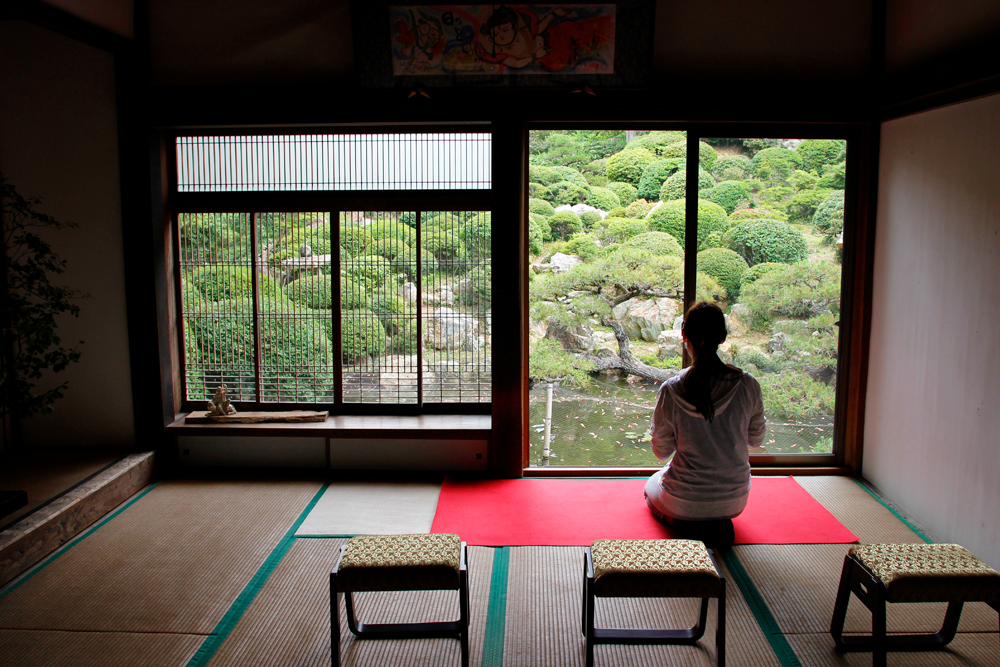
While taking a breather at the temple, I reflected on the journey so far. When I ride my bicycle up a hill, my entire body is strained, and I am keenly aware that I am not getting enough exercise. However, as you descend, you can feel the breeze, and the view of the greenery of Lake Okuhamana refreshes your mind. Places with a lot of cars, roads with few cars, narrow roads, slopes. There are also delicious Japanese sweets shops that you can stop by at various places, a land rich in nature, and the daily lives of local people. Unlike roads and sidewalks, there are many different routes for cycling.

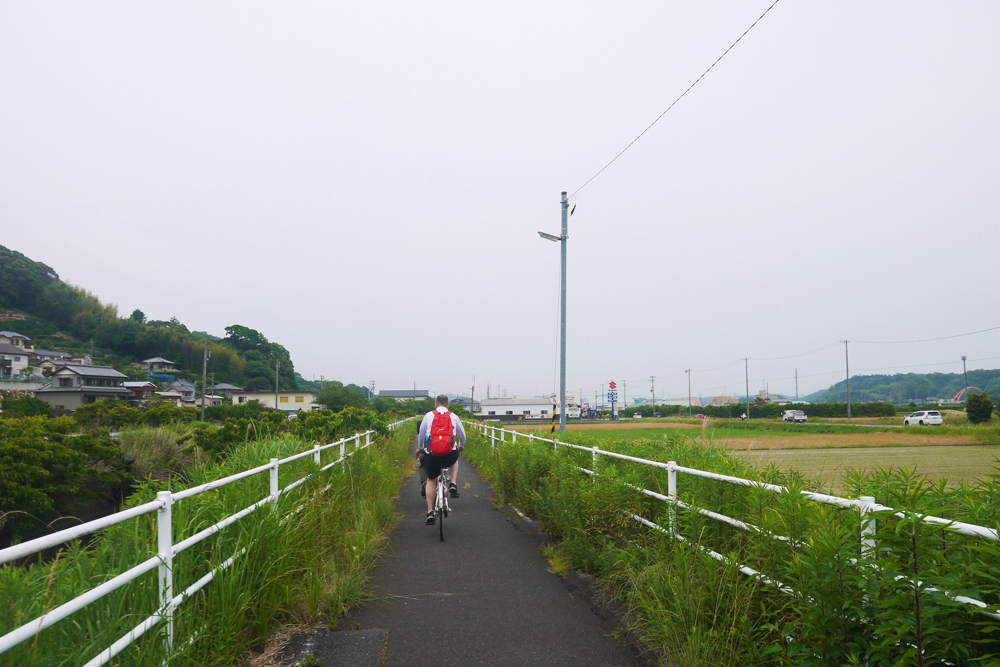
By the time we got back to Kiga Station, everyone had finished the cycling tour looking refreshed and wondering where they had left their tired legs from all the pedaling.
Cycling at Lake Oku-Hamana may be a great spot for both beginners of cycling and those who don’t know much about Lake Oku-Hamana. The sweetness, peace, and richness of nature will refresh your mind. Why not enjoy cycling at Lake Okuhamana?
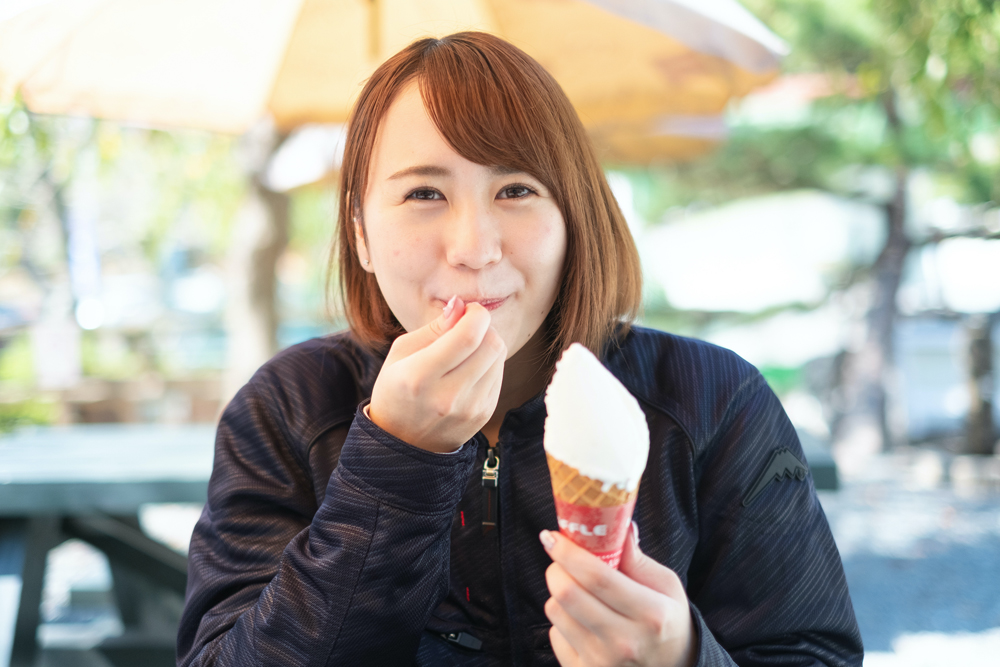
Feel the Breeze of Hamamatsu & Lake Hamana! Rental Motorbike Tour Part 2: Chasing “Dragons”
